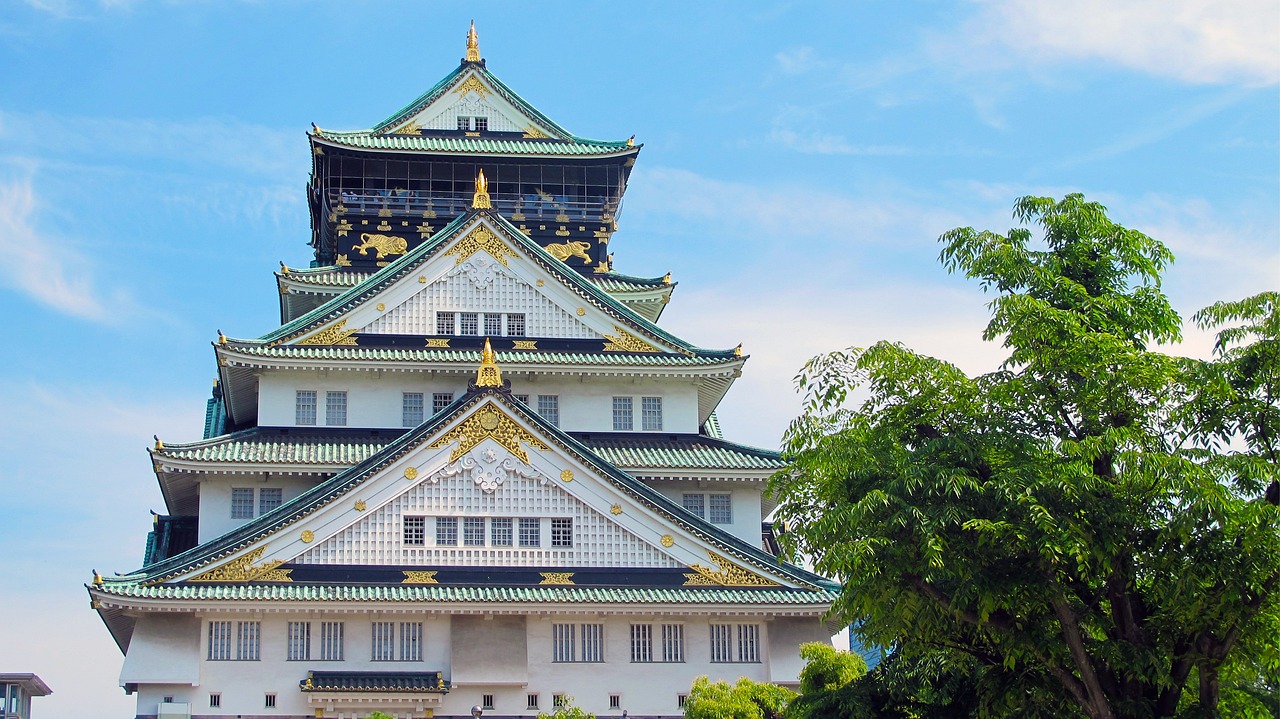That weekend, I headed west from Tokyo.
To Osaka, a city where history and modern life exist side by side in the heart of Kansai. Among its many sights, Osaka Castle stood out the most. But unlike past trips, this wasn’t just a casual getaway or sightseeing venture. Lately, I’d felt myself pausing—caught in the rhythm of work, always chasing growth, yet somehow losing a broader sense of perspective. It was then that a colleague’s offhand remark lingered in my mind: “The sheer scale of Osaka Castle—there’s something about it that makes you feel the dignity of history.”
The summer sky was a brilliant blue, stretched high and wide. The humidity was thick, but the city air pulsed with vitality. The moment I arrived at Shin-Osaka Station, I was struck by the rhythm and cadence of Kansai dialect—so different from Tokyo’s. It felt like the very voice of the city’s energy. I took the subway toward my destination: Osaka Castle Park Station.

Osaka Castle was originally built in the late 16th century by Toyotomi Hideyoshi, the warlord who sought to unify Japan. Later, during the Tokugawa era, it was destroyed. Though it was eventually rebuilt, the structure was lost again to war and fire, and what stands today is a reconstruction from the 1930s. Even so, the castle radiates a presence far beyond that of a mere replica.

As I approached the main tower, the towering stone walls and white façades began to dominate my view. Their scale was hard to comprehend—almost unimaginable that they were built by human hands. Each stone seemed to carry the sweat and pride of long-forgotten artisans.

From the castle tower, I looked out over the cityscape—glass skyscrapers rising alongside lush greenery. A surreal harmony between a 400-year-old vantage point and the modern world unfolded before me.
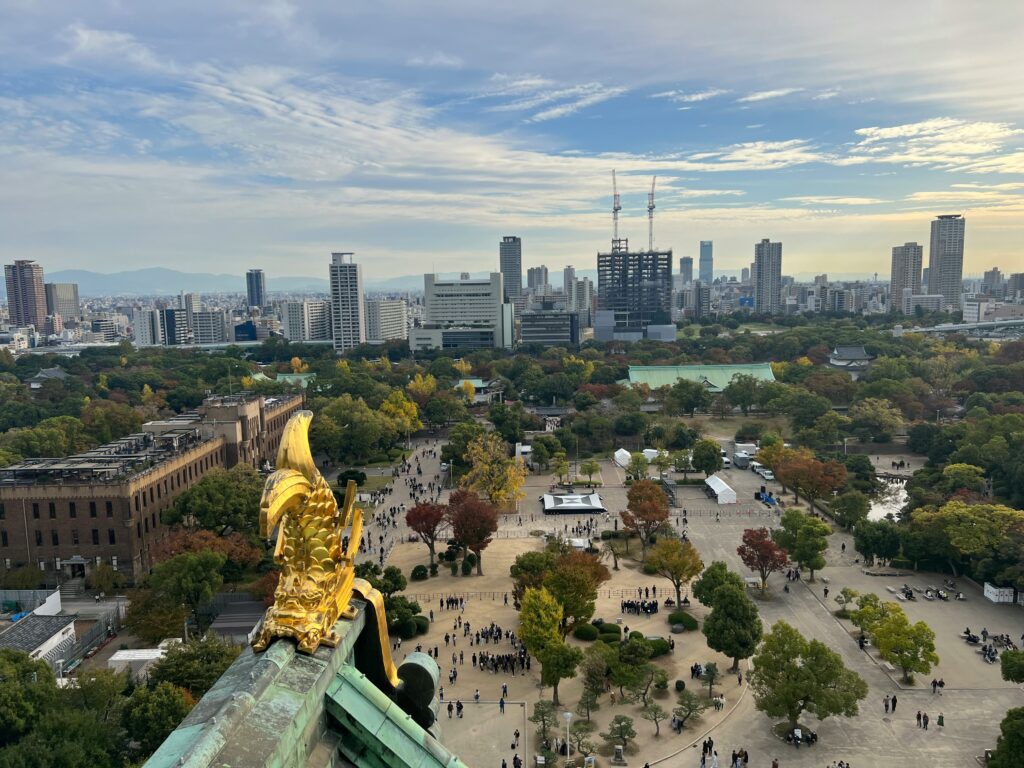
Stepping out of the castle grounds, I found a small restaurant styled like a traditional tea house for lunch. Its wooden lattice and white walls gave off a quiet charm. Inside, fans stirred the air, evoking a nostalgic Showa-era warmth. Sitting at the counter, I watched as okonomiyaki was grilled before me. The savory aroma teased my appetite. Cabbage, pork, squid—all folded into a fluffy batter, topped with a glossy sauce. One bite, and the rich umami washed over me. In that moment, I understood the soul of Osaka’s food.
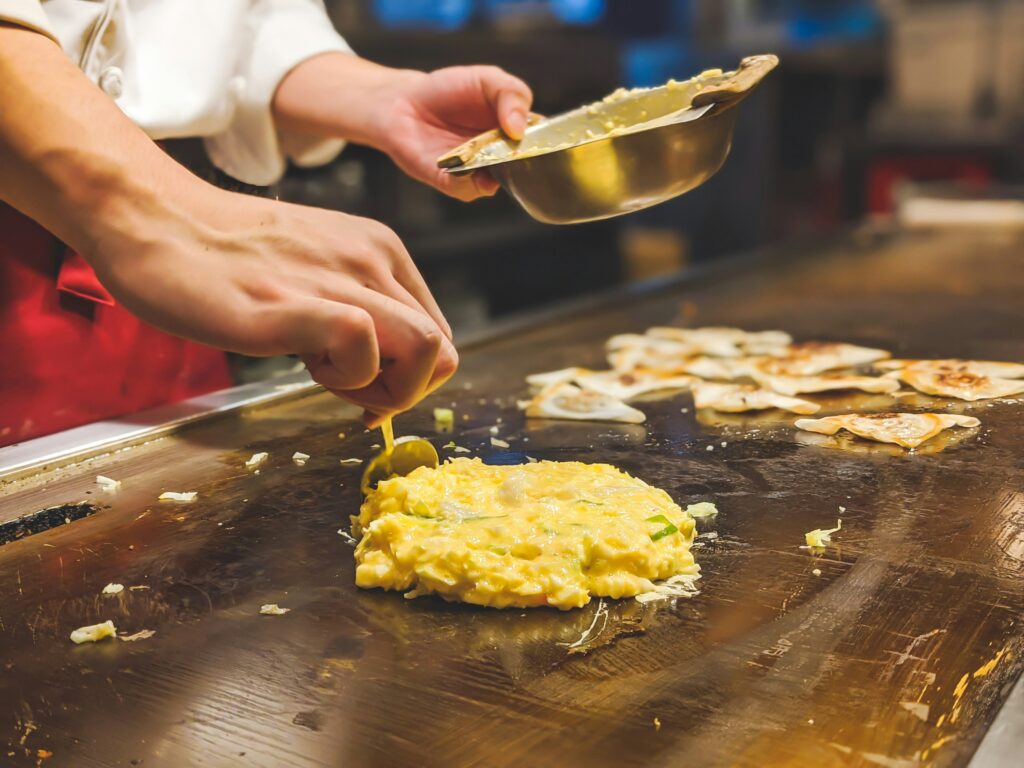
In the afternoon, I visited Shitenno-ji Temple—one of the earliest Buddhist temples established in Japan.
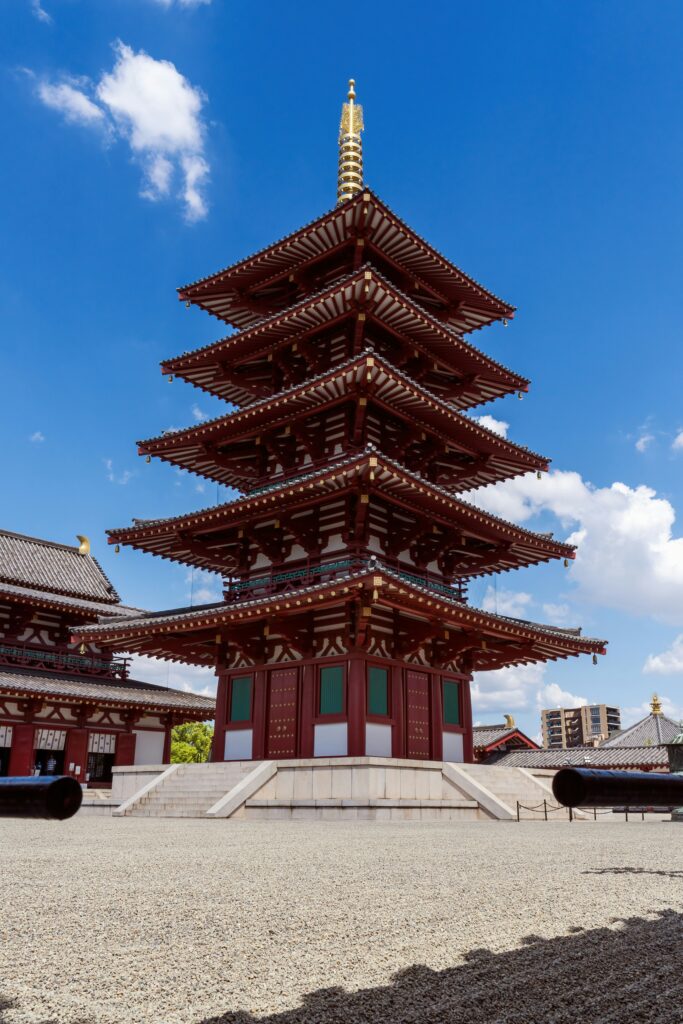
Despite being nestled in the city, the temple grounds exuded a serene stillness. The vermilion five-storied pagoda stood vivid against the summer sky.

Later, I headed to Kuromon Market. Beneath its arcade roof, stalls brimmed with fresh seafood, fruits, and prepared delicacies. I noticed a tray of mitarashi dango—sweet soy-glazed rice dumplings glistening on skewers. I bought one. The caramelized surface, warm and slightly crisp, left a lasting impression—a flavor that etched itself into my memory of summer.
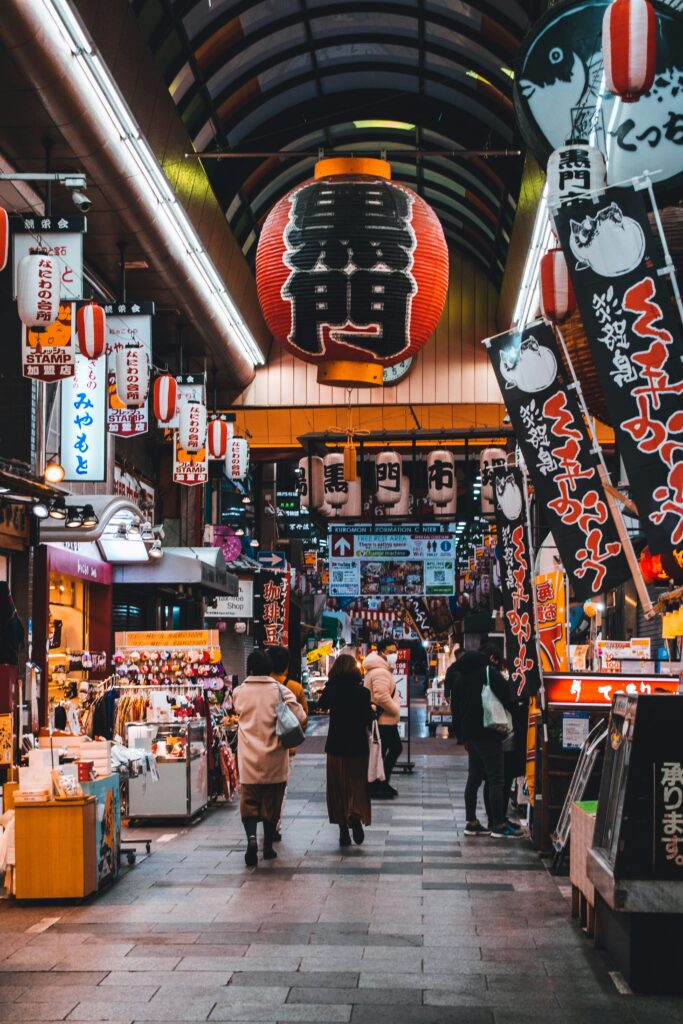
That evening, I rested on a bench in Osaka Castle Park when a young man sat beside me. He looked to be in his late twenties—shorts and a T-shirt, black hair tied loosely behind him. He glanced at my camera and asked, “Tourist?”
As we chatted, I learned he was a local university student studying architecture. He told me Osaka Castle’s stone walls were his research focus, and he visited often.
“Those walls aren’t just for defense,” he said. “They were designed to be seen. They project authority—intentionally.”

His words struck me. Indeed, if defense were the sole aim, such grandeur and beauty might have been unnecessary. Dignity, I realized, can be both strategy and art. His eyes shone with conviction. “Architecture is a language—a way to express power,” he added, his voice steady and passionate.
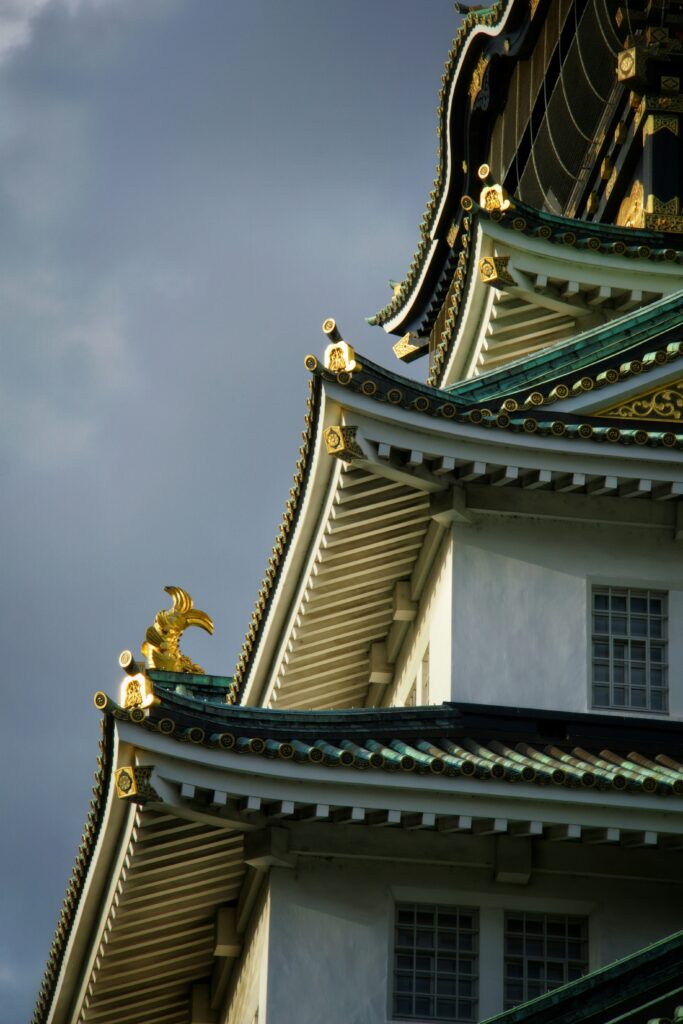
Before we parted, he recommended I visit Nakanoshima—a district between the Dojima and Tosabori Rivers. There, classical Western architecture and sleek modern buildings coexist with quiet elegance. As I strolled by the water in the glow of dusk, the red brick of the illuminated Central Public Hall shimmered on the surface of the river. It felt as if time itself had folded into that moment.

On the bullet train back to Tokyo, I found myself reflecting. Without this journey, I might never have understood what “dignity” truly meant. It’s not about domination. It’s the intentional preservation and expression of past achievements and aesthetic ideals in the present. Dignity doesn’t reside solely in scale or grandeur. It lives in the layers of history and the human spirit behind them.
Osaka Castle taught me this:
Greatness endures not by staying in the past, but by inspiring the future.
Dignity is the memory of pride.
And in an age of constant change, that quiet strength offers something vital: a sense of continuity, purpose, and grace.
Something New Travel


